Forum Replies Created
-
AuthorPosts
-
 Alex PrattParticipant
Alex PrattParticipantHi Dominic, Nick,
After each ESOP we ask the speakers for their permission to add the PDFs of their talks to the Symposium website. For the reasons you mentioned not all are able to do this and we fully respect their wishes. At Armagh Prof. Mark Bailey set the ball rolling by offering his PDF before he started his presentation.
Such contributions are a great resource for members, whether they attended the meeting or not.
Clear skies,
Alex.
 Alex PrattParticipant
Alex PrattParticipantHi Nick,
Prof. Mark Bailey offered the PDF of his fine talk. It would be great if this, and those of the other speakers, could be made available on the BAA website.
Thanks,
Alex.
 Alex PrattParticipant
Alex PrattParticipantHi Mike,
I fully agree with your comments. It was a great weekend, I really enjoyed the programme of talks and being able to meet up again with your good self and many other friends from all across these Misty Isles. As well as the quality talks we spent hours discussing our common interests in meteors, comets, occultations, eclipse trips, etc. This generated several ideas for cooperative projects in the months to come.
Thanks also to the staff of Armagh Planetarium and to Tolis for a private tour of the Observatory on the Friday afternoon because I had to leave early on the Sunday.
Clear skies,
Alex.
 Alex PrattParticipant
Alex PrattParticipantYou’re resolving some fine details there Bill.
Fingers crossed for some mutual events tonight – but this weather system is spoiling the show.
Cheers,
Alex.
 Alex PrattParticipant
Alex PrattParticipantNice one, Bill !
My cameras were clouded out last night after midnight so unfortunately I can’t contribute any data for this one. The perils of our long baseline. Looking forward to seeing your detailed spectrum after processing.
Weather prospects here look better for tonight.
Cheers,
Alex.
 Alex PrattParticipant
Alex PrattParticipantHi Bill,
Fingers crossed that you get some spectra this month. As per usual, let me know and I’ll check my N camera for any matching events.
Clear skies,
Alex.
 Alex PrattParticipant
Alex PrattParticipantHi Bill,
I’m looking forward to seeing your hi-res meteor spectra with your new setup.
UFO Analyser should be able to extract astrometry and radiant data from your HD-quality videos but I don’t know how reliable the velocity measurements would be if the frame rate is variable.
A standard definition meteor video camera such as the Mintron or Watec has an internal clock that pumps out 25 PAL frames/second (50 fields/second) at a very reliable frame rate. Most old legacy PCs can cope with this bandwidth and are ideal for running UFO Capture.
When using a webcam or other imaging camera – especially at higher resolutions than PAL 720×576 – the PC has to be able to handle the data steam from the camera, which might not have a reliable and fixed transfer rate and the files can be big.
For HD-quality work SonotaCo recommend DSLR cameras that can deliver HD 1920×1080 video streams at fixed rates of 50 or 60 frames/second. This requires a beefy PC to cope with the demands on its data bandwidth and storage capacity. The cameras can overheat if they are left running for several hours.
All this is relevant for meteor velocity work, but isn’t important for your quality spectra.
Clear skies,
Alex.
 Alex PrattParticipant
Alex PrattParticipantMany thanks Nick. This is a most valuable service.
It was a great meeting with a full programme of quality talks. I’ve downloaded the videos and will enjoy reliving the event whilst I wait for the monsoon season to abate.
Clear skies,
Alex.
 Alex PrattParticipant
Alex PrattParticipantThe 21st century’s ‘Vermin of the Sky’. 🙂
 Alex PrattParticipant
Alex PrattParticipantHi Alan,
My dew shields are constructed from sheets of artists’ black card from The Works arts and crafts supplies.
Clear skies,
Alex.
 Alex PrattParticipant
Alex PrattParticipantHi Bill,
You were correct in surmising that it was a fast meteor!
It was also recorded by Mike Foylan (Rathmolyon, Ireland) and Nick James (Chelmsford – a very long baseline to Scotland). Combining my data with Mike’s we get the attached ground track and radiant plot.
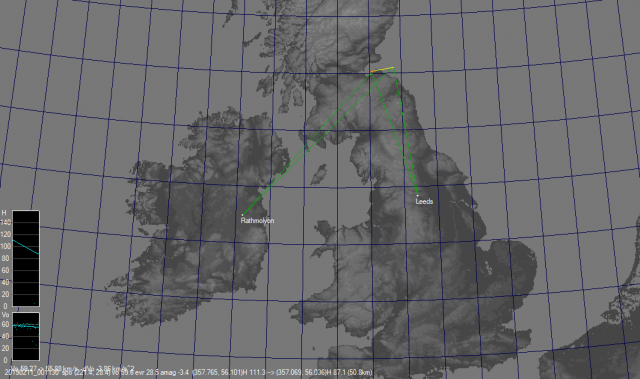
It was a speedy meteor with a geocentric velocity of almost 60 km/s, detected at an altitude of 111 km and descended to 87 km . It’s absolute magnitude was -3.5 so it would have been a spectacular sight over the Firth of Forth.
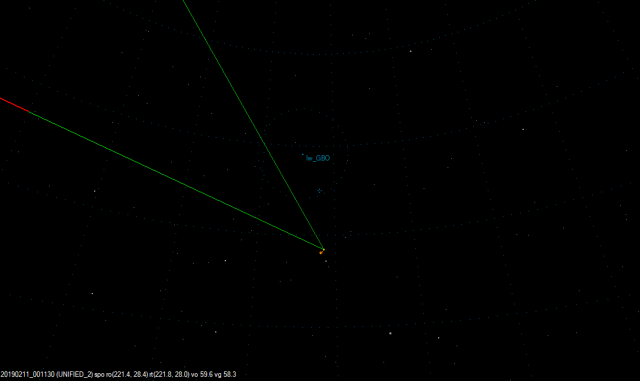
2-station analysis classifies it as a sporadic meteor, although the plot shows it originating near the gamma Bootid radiant, not far from Arcturus.
Cheers,
Alex.
 Alex PrattParticipant
Alex PrattParticipantHi Bill,
We’d have to see if the meteor velocity data could be used for orbital work, but it’s certainly an improvement in resolution for radiant work – and of course spectroscopy.
If it could be binned 2×2 it would still deliver more pixels than our standard PAL and NTSC formats. Good luck with the tests.
Alex.
 Alex PrattParticipant
Alex PrattParticipantHi Bill,
Getting better and better spectra…!
I captured the meteor on my Leeds_N camera and single-station analysis classified it as a gamma Bootid of apparent mag -0.5.
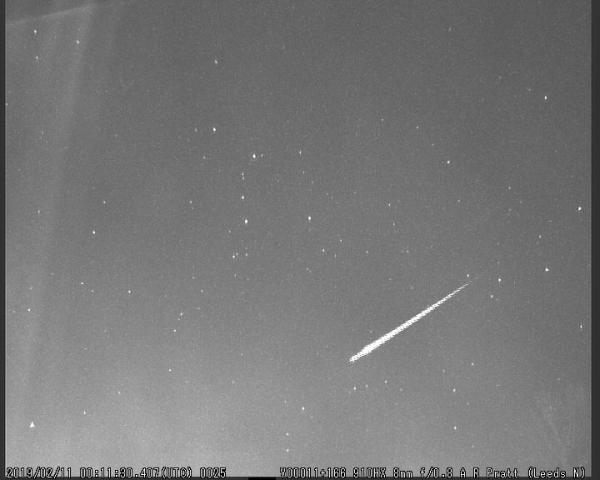
I’ve contacted the NEMETODE team to see if anyone else recorded it, then we can derive a multi-station solution.
Clear skies,
Alex.
 Alex PrattParticipant
Alex PrattParticipantHi Bill,
What frame rate and number of pixels per frame are you getting with the ZWO camera and UFO Capture HD? Do you need a beefy PC to drive it?
Cheers,
Alex.
 Alex PrattParticipant
Alex PrattParticipantHi David,
Some of my family are from the North East, so I particularly enjoyed last year’s BAA meeting in Newcastle.
Zooming in to your print version the map background looks slightly blotchy and uneven off the coast of continental Europe, clearly interrupting the line of longitude. Perhaps some image processing was done to remove the UK and Ireland?
Alex.
 Alex PrattParticipant
Alex PrattParticipantHi David,
Being a Yorkshire Lad I only take S&T’s free e-mail newsletter. In its article on the lunar eclipse its visibility map includes the British Isles.
Observing January’s Supermoon Total Lunar Eclipse
Clear skies,
Alex.
 Alex PrattParticipant
Alex PrattParticipantVery nice results Michael.
If this interminable cloud cover continues any longer I’ll feel like giving up video astronomy and setting up an aerial in my garden! British Isles’ weather and optical wavelengths are incompatible.
Yes, I’m surprised why we aren’t all keen radio astronomers. 🙂
Cheers,
Alex.
 Alex PrattParticipant
Alex PrattParticipantHi Bill,
That’s a nice example of this type of dissolving meteor trail. I’ve had very cloudy skies and the only meteor recorded so far this year by my Leeds_N camera looks to be your event!
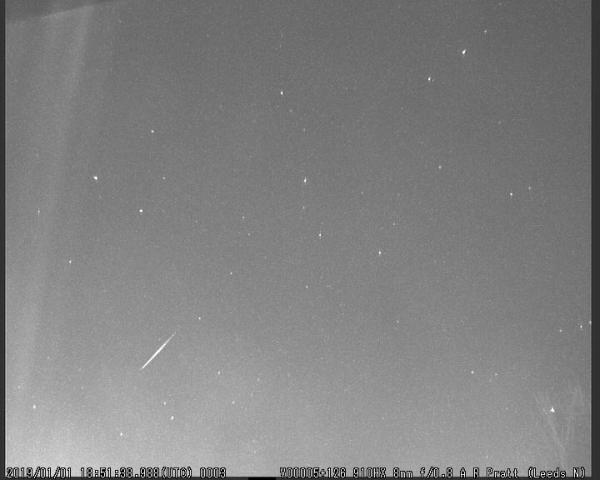
From my viewpoint the meteor travelled from upper right to lower left.
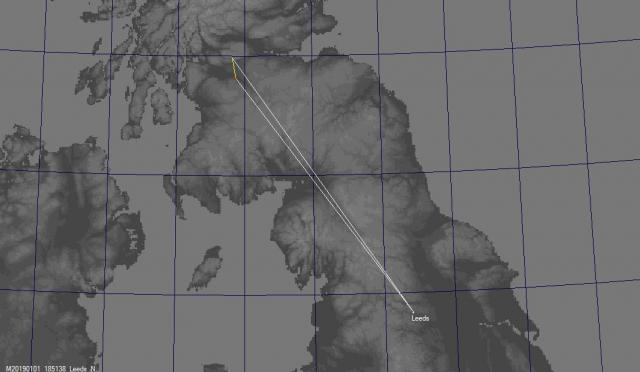
Does this ground map approximately match your alignment?
Single station analysis of my capture suggests it was an Ursid meteor. I’ll ask if it was recorded by any other stations in the NEMETODE network then we can confirm its radiant and orbit.
A great start to the New Year.
Alex.
 Alex PrattParticipant
Alex PrattParticipantHi Bill,
A single station result gives good pointing direction but the distance vector is approximate, estimated from its likely ablation altitude.
NEMETODE members are submitting their October data and we can now combine my observation with that of Mike Foylan (Rathmolyon, Ireland). Two-station analysis suggests it was a slow sporadic meteor of absolute mag -1. Do the following updated ground map and radiant plot match your meteor?
Alex.
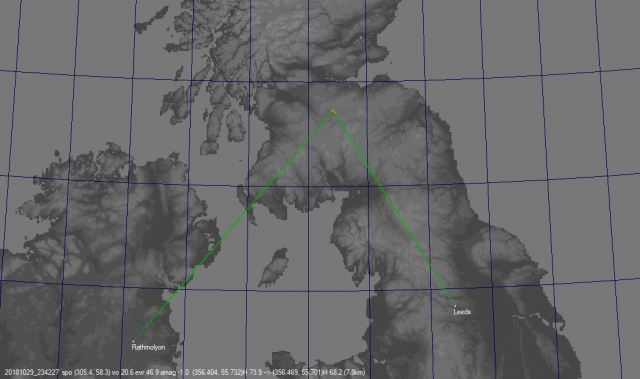
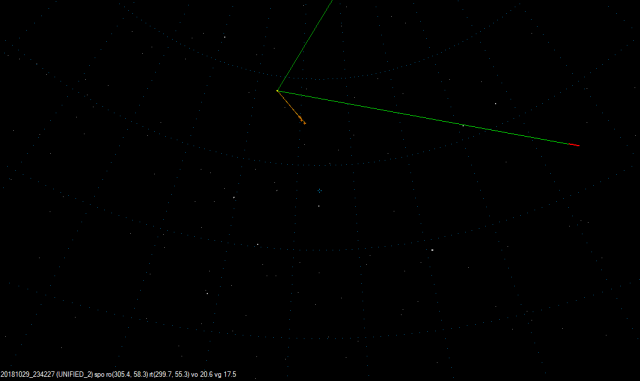
 Alex PrattParticipant
Alex PrattParticipantHi Bill,
Another nice one for the archive of spectra.
It looks like I recorded this meteor on my Leeds_N camera. Apparent mag 2, this far distant from the event. Ground plot and composite image attached. Is this your meteor?
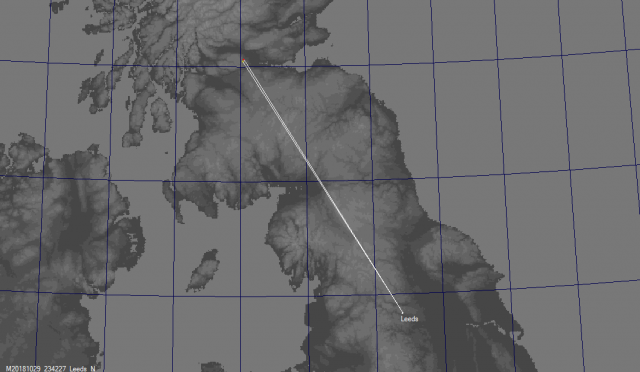
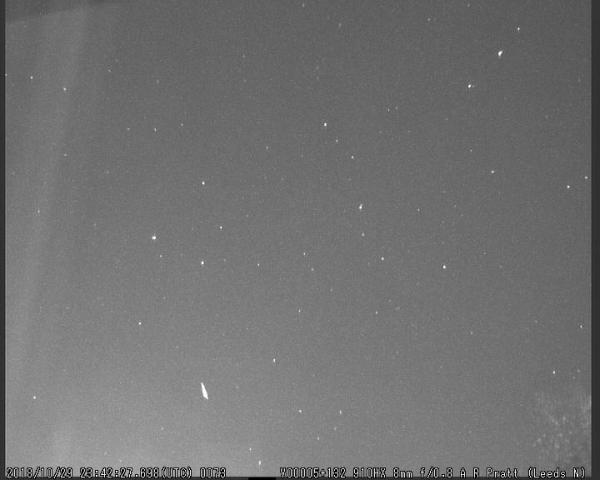
Single-station analysis suggests it was an Andromedid. If so, it is useful data on debris from comet Biela.
Clear skies,
Alex.
-
AuthorPosts
